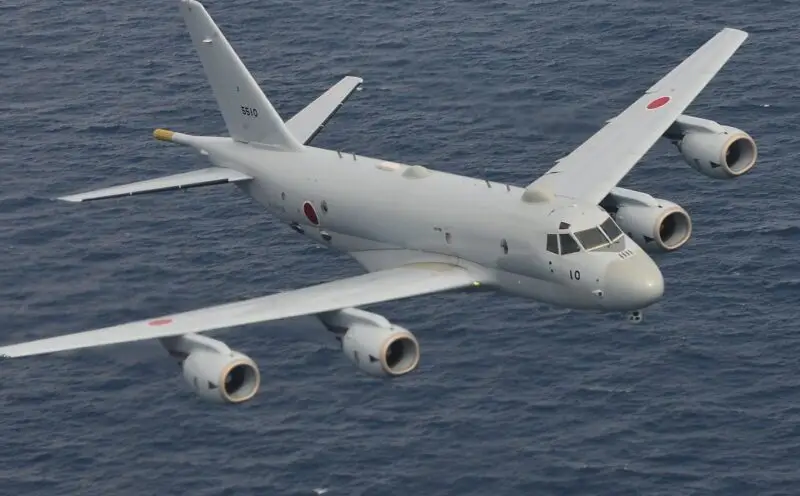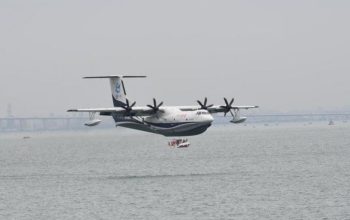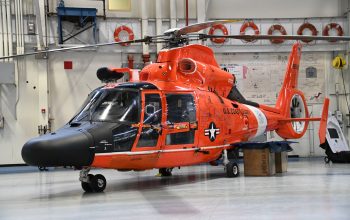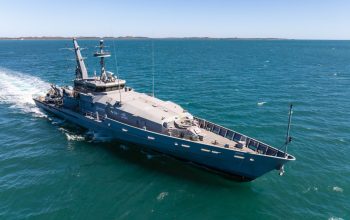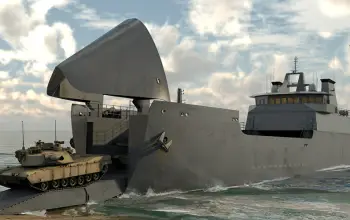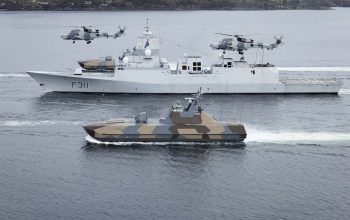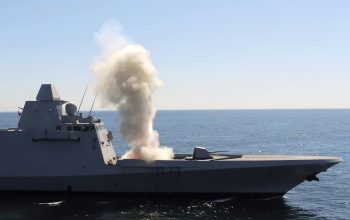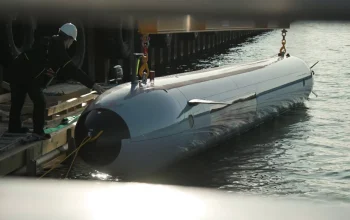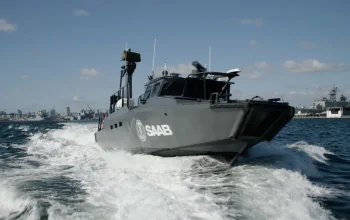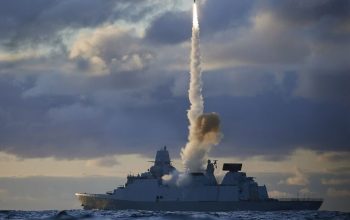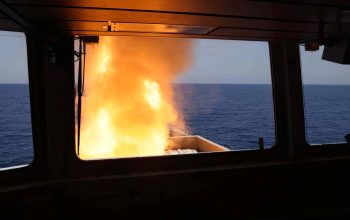Kawasaki Heavy Industries (KHI) has officially launched a project team dedicated to the development of a ‘future fixed-wing patrol aircraft.’ The primary objective of this endeavor is to eventually replace the aging P-1 maritime patrol aircraft, which is currently in service with the Japan Maritime Self-Defense Force (JMSDF). A spokesperson for Kawasaki Heavy Industries confirmed to Janes that the project team was established in April 2023, with the anticipation of deployment by the Japan Ministry of Defense (MoD) and JMSDF in the 2040s. While specific technical specifications for the new aircraft are still under consideration, KHI is eagerly awaiting the issuance of the “concept of future fixed-wing aircraft operations” by the MoD. This essential guidance will shape the development of the forthcoming aircraft.
A MoD spokesperson from Japan affirmed to Janes that the plan for the future fixed-wing patrol aircraft remains in the deliberative phase. While precise details regarding the enhanced capabilities of the new aircraft remain classified, the MoD spokesperson hinted at potential advancements, stating, “That said, in general, further long-range missiles and enhanced artificial intelligence (AI) are some technologies and capabilities that are being considered.” The move to develop a ‘future fixed-wing patrol aircraft’ comes as the natural progression in Japan’s commitment to maintaining a robust maritime defense force. The P-1, developed by Kawasaki Aerospace Company, had already established itself as a cutting-edge maritime patrol aircraft designed exclusively for its role. Its introduction into service marked a significant milestone, being the first operational aircraft globally to utilize a fly-by-optics control system.
With the P-1 entering service as a replacement for the aging P-3C Orion, its performance and capabilities have been commendable. Its four-engine, low-wing design, powered by IHI F7-10 turbofan engines, offers superior maneuverability, stability, and operational survivability. Moreover, the high-bypass engines contribute to quieter and fuel-efficient operations, making it challenging for submerged submarines to detect acoustically. The aircraft boasts various onboard systems provided by Honeywell, enhancing its functionality in areas such as environmental control, sonobuoy dispensing, and avionics. Sensors on the P-1 play a pivotal role in its mission success, enabling the detection of submarines and surface vessels. The aircraft features a Toshiba HPS-106 active electronically scanned array (AESA) radar, Fujitsu HAQ-2 Infrared/Light detection systems, and a CAE Inc.-built magnetic anomaly detector (MAD).
Furthermore, the deployment of deployable sonobuoys and advanced acoustic systems enhances its anti-submarine warfare capabilities. The P-1’s versatility extends to its armaments, with a large bomb bay and external hardpoints. It can carry various munitions, including torpedoes, mines, depth charges, air-to-surface missiles, and bombs, thanks to a sophisticated Smith Aerospace-built stores management system. Multiple radar warning receivers and a defensive countermeasures suite ensure the aircraft’s survivability in challenging environments. As Kawasaki Heavy Industries embarks on the development of the ‘future fixed-wing patrol aircraft,’ it aims to build upon the success of the P-1 while meeting the evolving needs of Japan’s maritime defense. With technological advancements, enhanced AI capabilities, and a commitment to safeguarding Japan’s waters, the new aircraft promises to be a cornerstone of maritime security in the decades to come.


